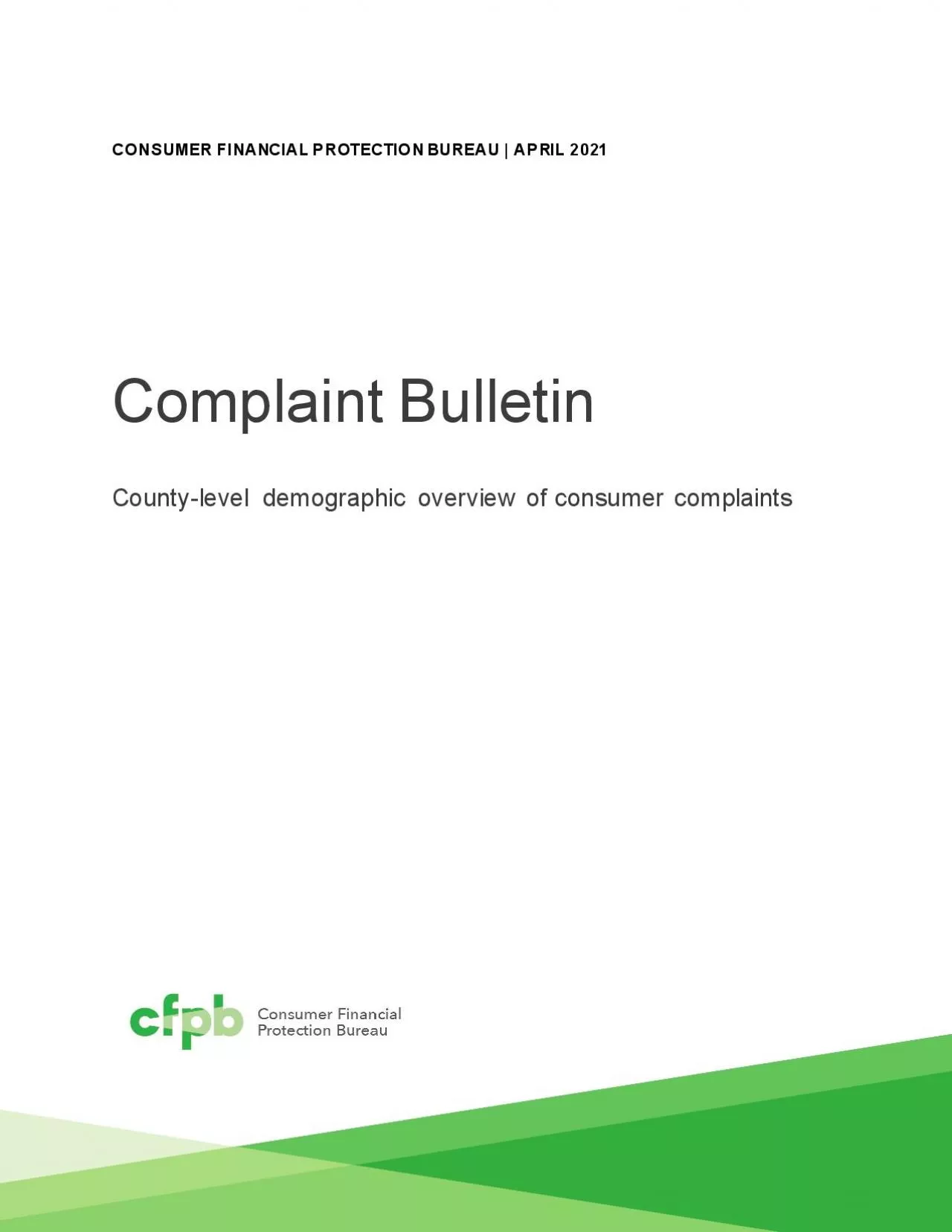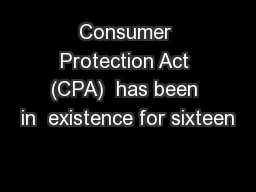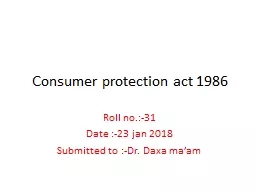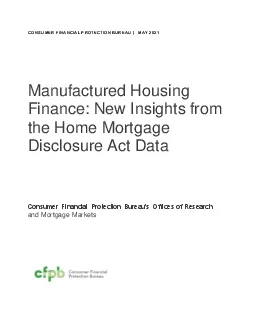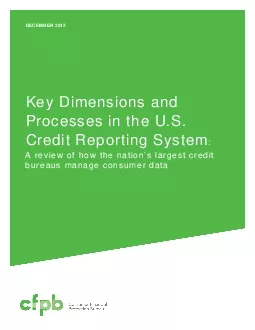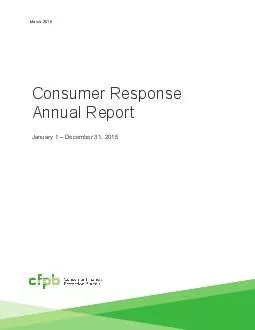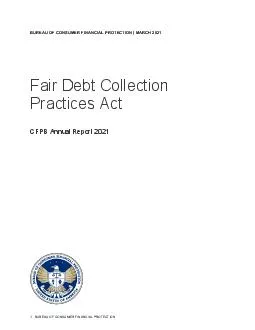PDF-CONSUMER FINANCIAL PROTECTION BUREAU
Author : naomi | Published Date : 2021-09-24
APRIL2021Complaint BulletinCountyleveldemographic overviewconsumer complaints x0000x00001 CONSUMER FINANCIAL PROTECTION BUREAU Table of contentsTable of contentsIntroductionComplaint
Presentation Embed Code
Download Presentation
Download Presentation The PPT/PDF document "CONSUMER FINANCIAL PROTECTION BUREAU" is the property of its rightful owner. Permission is granted to download and print the materials on this website for personal, non-commercial use only, and to display it on your personal computer provided you do not modify the materials and that you retain all copyright notices contained in the materials. By downloading content from our website, you accept the terms of this agreement.
CONSUMER FINANCIAL PROTECTION BUREAU: Transcript
Download Rules Of Document
"CONSUMER FINANCIAL PROTECTION BUREAU"The content belongs to its owner. You may download and print it for personal use, without modification, and keep all copyright notices. By downloading, you agree to these terms.
Related Documents

